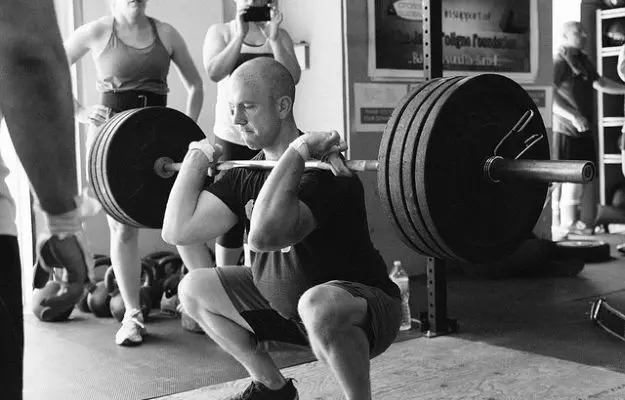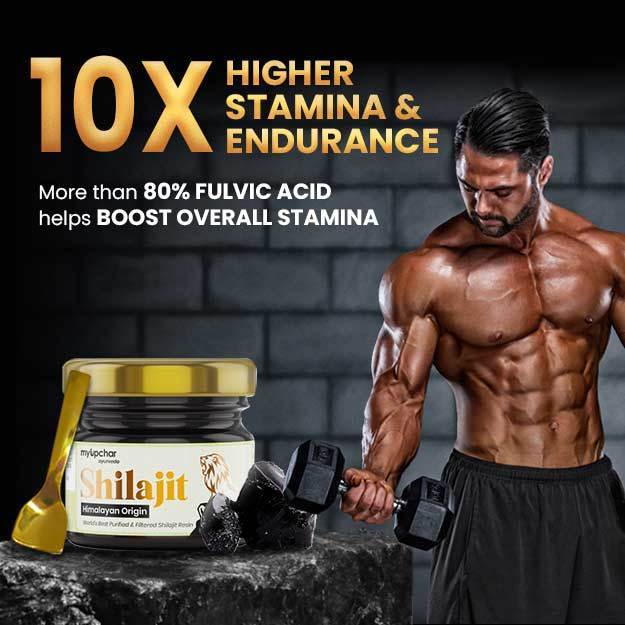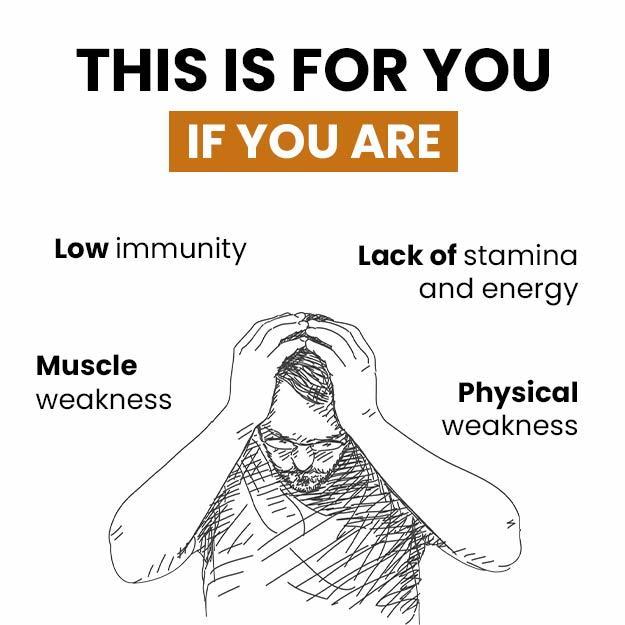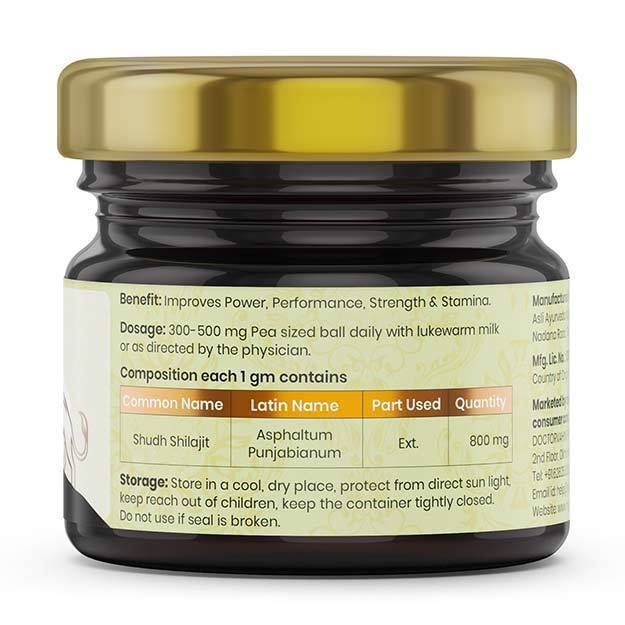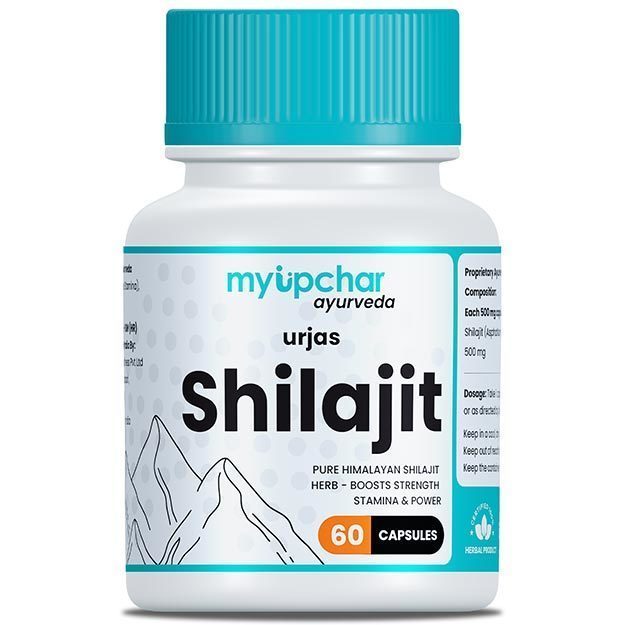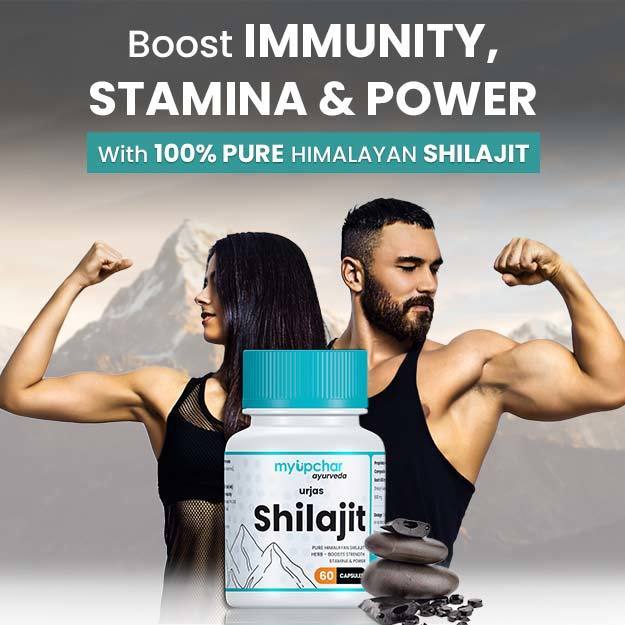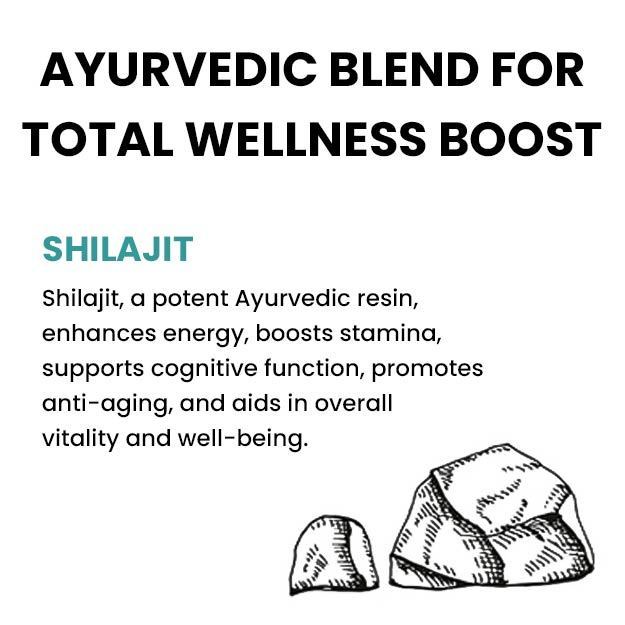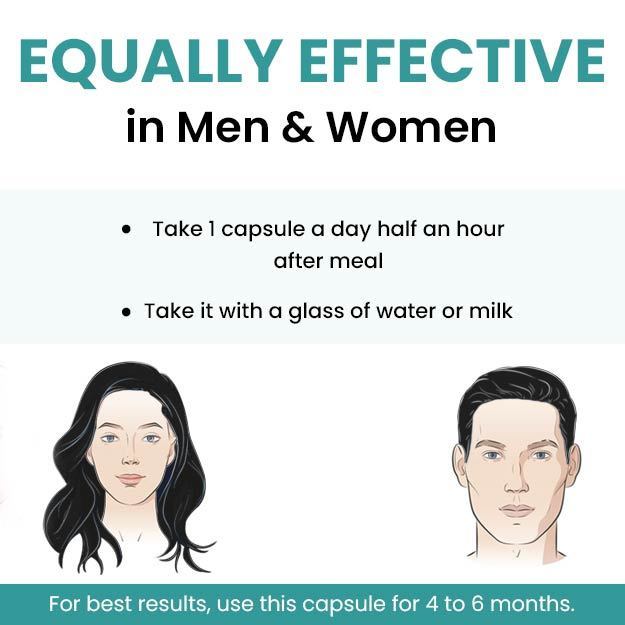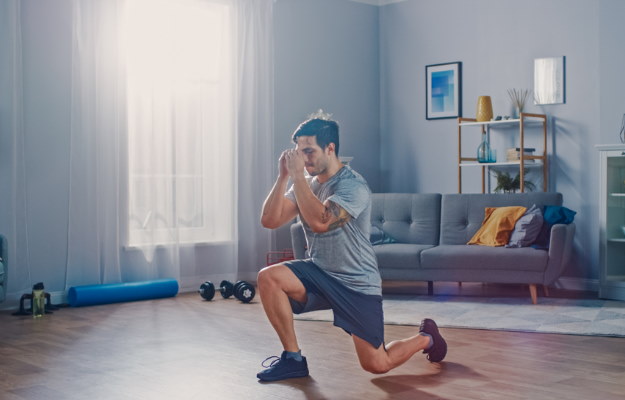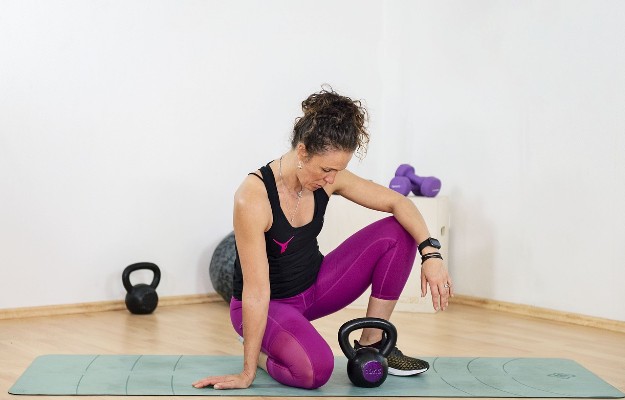Regular exercise is the key to living a healthy and happy life. There are several ways to stay fit, either by going for regular walks, running, cycling or swimming, or by playing your favourite sport. Gyms provide still more opportunities to those on a journey to become fit, adding more options for people to pursue physical activity as a means towards a healthier lifestyle.
Gym workouts, however, have come a long way from the old-fashioned, straightforward workouts for individual parts of the body on different days of the week. The National Health Portal of India recommends about 150 minutes of exercise - spread over three to four days - each week. However, often this doesn’t give you enough time to exercise every part of the body.
This is where compound exercises come in. In theory, compound exercises predate most isolated exercises like the bicep curls, lat pulldowns and many others. Compound exercises target multiple muscle groups at the same time, allowing you to maximise each workout either at home, in the park or at a purpose-built gym.
Newer, more modern training methods are heavily inspired by various sporting movements, military training drills as well as a combination of different exercises or workouts, making compound exercises a staple of fitness routines these days. Incorporating compound movements not only helps in intensifying your fitness regime, but it also makes it a lot more fun and engaging.

